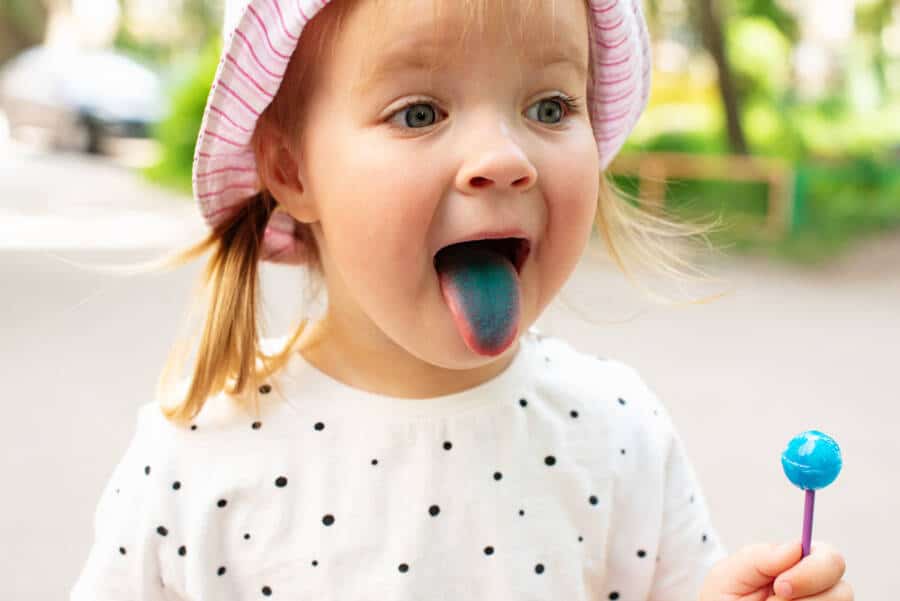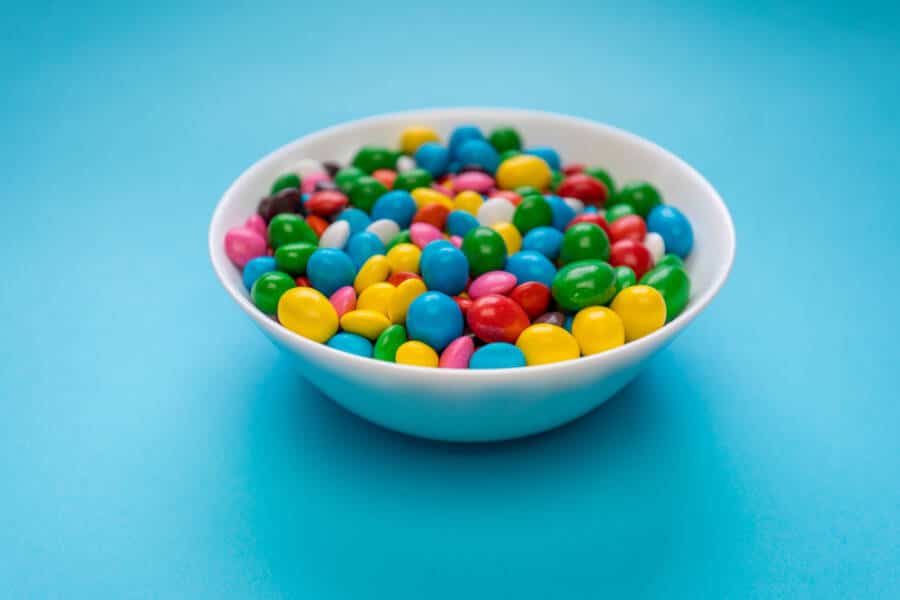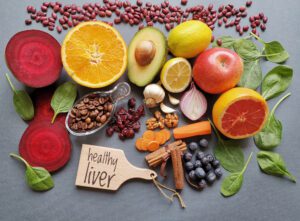The Artificial Dye in These Products Might Harm You!
Whether you’ve heard or not, there’s so much controversy swirling around when it comes to artificial food dyes and the ways in which they deeply impact our health these days. There are many countries out there that already did something about it: there are laws that forbid many dyes that can be found in an alarming number of food products at U.S. grocery stores.
Many consumers are starting to phase out most artificially dyed foods. However, some of them are still lurking in the shadows and fly under the radar. We made a list with nine foods you probably didn’t know have artificial dye in them.

Candy
I know it might not surprise you that most colorful candy doesn’t get its bright hues from natural sources. As a matter of fact, many candy options have multiple sources of food dyes and colorings. Some food dyes have been repeatedly linked to Attention Deficient Hyperactive Disorder (ADHD), with many symptoms improving as soon as artificial food dyes are fully removed from the diets of children with ADHD.
As there are plenty of conflicting research around food dyes, they also provide no nutritional value and should be quite minimal in your diet. As M&M’s are totally made with artificial coloring, such as Red 40, Blue 1 Lake, and Yellow 5 Lake, UNREAL Milk Chocolate Gems get their colors from natural sources such as turmeric, beet juice, spirulina extract, and red radish juice. If you’re looking for something sweet but healthier, check out these drops!
Pickles
Of course, a pickle is the butterfly version of a cucumber. However, it is still added in loads of salt and some food colorings, and you have a much less healthy snack and sandwich addition. You will often find yellow dyes in pickle ingredients to make that food a more vibrant version of it.
Even if there is plenty of research that doesn’t link Yellow 5 and Yellow 6 with increased cancer risk, these dyes might still contain contaminants known to be linked to cancer risk. Mt. Olive Kosher Dill Pickle Spears has artificial yellow dyes, but Vlasic Purely Pickles avoid these additives, instead opting for beta carotene for color.
Jerky
Beef jerky (which also happens to be my favorite snack) makes for a lean and transportable protein-packed snack. But it is a very common source of caramel coloring. Even if you might not get any calories from this ingredient, there is still plenty of questionable research on caramel coloring.
This ingredient can easily be found in sodas, candy, and other processed meats. Caramel color is somehow manufactured with ammonia, which can also result in cancer-causing contaminants. On top of that, jerky can have a lot of sodium content, added sugar, but also monosodium glutamate (MSG), another ingredient with conflicting research.
Cereal
Cereal is yet another traditional breakfast for many people out there, and also makes for quite an easy meal. With plenty of options on the market, not all cereals are made equally. As some pack impressive protein and fiber, others are loaded with sugar and other questionable ingredients.
BHT and BHA are also preservatives added to processed foods such as cereal and crackers. The FDA has already categorized them as safe, but only to a certain extent. Other research suggests that BHA and BHT could disrupt sex hormones.
Magic Spoon Grain Free Fruity Cereal has no artificial flavors or colors and is also free of BHA and BHT. On the meantime, Kellogg’s Fruit Loops has several food dyes and BHT and also packs fewer valuable nutrients, such as fiber and protein.

Fruit snacks
This tasty lunch box staple is favored by children, but this doesn’t mean that adults don’t add it to cart as well. After all, who could blame them? Fruit snacks are notoriously packed with sugar, but they also pack food dyes and colorings.
As a matter of fact, some brands can really have as many as four different dyes in them. Apart from that, they also have many different forms of sugar. With little to no nutritional value, you are better off trading this packaged snack for a well-deserved fresh fruit.
I know, I know, different tastes, but also different benefits. Made with four different food dyes, colors, and artificial flavors, Gushers are much less desirable than BEAR Real Fruit Rolls, which are made only with fruits and vegetables and absolutely no artificial ingredients or added sugar.
Deli meat
Whether it is the source of protein on your sandwich or you simply enjoy a couple of slices for an afternoon snack, deli meat is truly a household staple for many. However, this processed meat is also packed with a lot of salt and can also have caramel coloring and preservatives.
Sodium nitrate is another common preservative in deli meat, and this ingredient has been severely linked to colorectal cancer. You might also see sodium nitrate as a preservative in deli meat, and this ingredient can also pose various health risks if consumed in higher amounts. Oscar Meyer Carving Board Cooked Ham might only provide 60 calories
Marshmallows
Well-known for their bright white color, you could be pleasantly surprised to learn that marshmallows are yet another source of food dyes. As a matter of fact, dyes are generally used to make the crisp whiteness that has become associated with the treat.
For those colorful marshmallows, you can easily bet those have more food dyes in them. Marshmallows are also loaded with sugar, contain zero fiber, and do not provide any notable micronutrients. Even if a summertime favorite is in smores, keep your marshmallow intake as limited as you can, and try to load up on more nutritious sweets, such as dark chocolate and fruits.
Processed cheese
This smooth and tasty cheese is also known for its mild flavor and melty texture, especially when heated. Compared to many other types of cheese, American cheese is manufactured through an intricate mix of many ingredients.
Most of them, are unhealthy since they include artificial colors, preservatives, and emulsifiers, which might have a negative impact on health. Besides, processed cheese generally contains more saturated fat and lower protein content than natural cheese.
Granola bars
Whether integrated into a more consistent breakfast or simply taken as a quick snack, granola bars have become quite popular. Similar to cereals, many options are available now, some of which leave much to be desired from a nutritional perspective.
Granola bars are extremely processed foods, and they are loaded with sugar, artificial flavors and colors, and other preservatives like BHT. There’s one study that showed a higher risk of metabolic syndrome which is directly related to the intake of processed, sugary foods, such as granola and cereal bars.
Spicy chips
Super-flavored chips might come with a high price, and we don’t necessarily mean in dollars. These chips are a source of empty calories, first of all, packing a lot of sodium, fat, and carbohydrates, with little to no fiber and protein.
However, they can also contain a couple of artificial ingredients. The bright red color of many of them is often from artificial dyes, and the intense flavor can be somehow attributed to artificial flavors and MSG.
Takis Fuego, for example, is well-known for its flavorful punch, but that spice comes with a ton of artificial colors, MSG, and partially hydrogenated oil, which leads to trans fats in food.
If you found this article useful, we also recommend checking 7 Cancer Causing Foods You MUST Avoid






